
Feb 9, 2023 | Eco-friendly Gardening, Garden Care, Video
Would you like more flowers and fruits in your yard? Think about adding mason bees. This is a great time of year to start. Mason bees are small, gentle, solitary bees. They are non-aggressive and low maintenance. Solitary bees don’t live in a hive. All the...

Jan 31, 2023 | Garden Care, Landscape Care, Pest Control, Watering
In Harmony offers services in natural lawn care and natural tree and shrub care. Here is more information about what we do and why we do it. If you are a client, you have seen our service techs at your house with trucks, tools and hoses. If you are not a client, here...
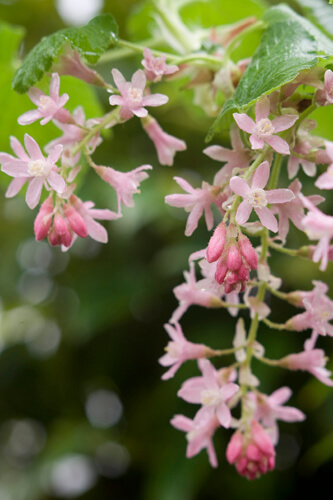
Jan 13, 2023 | Eco-friendly Gardening, Garden Care, Landscape Care, Lawn Care, Recommended Plants, Wildlife
Would you like to improve your yard’s contribution to helping birds, wildlife, pollinators and the planet in 2023? Here are a few steps you could take to help nature in your yard in 2023. Plant native plants and flowers “Native plants improve water...
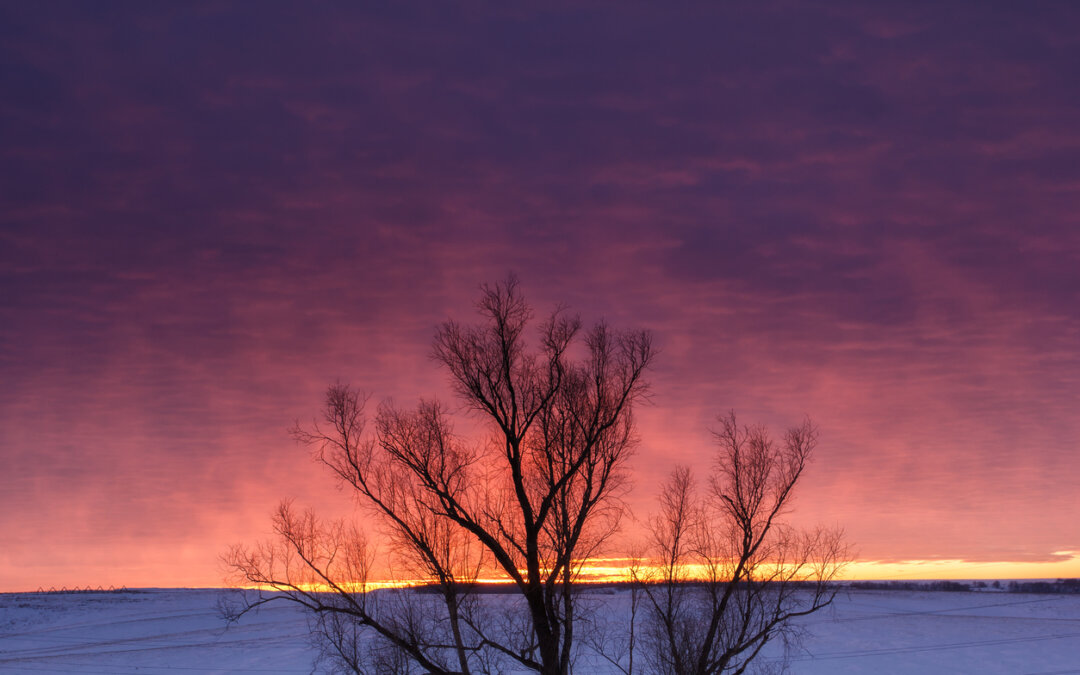
Dec 19, 2022 | Nature
The days are getting shorter and the nights longer as we approach the winter solstice. At our northern latitude, the sun now sets before 4:30 pm. We understand why many holiday traditions involve lights to push back the darkness. We hope your holiday season is filled...
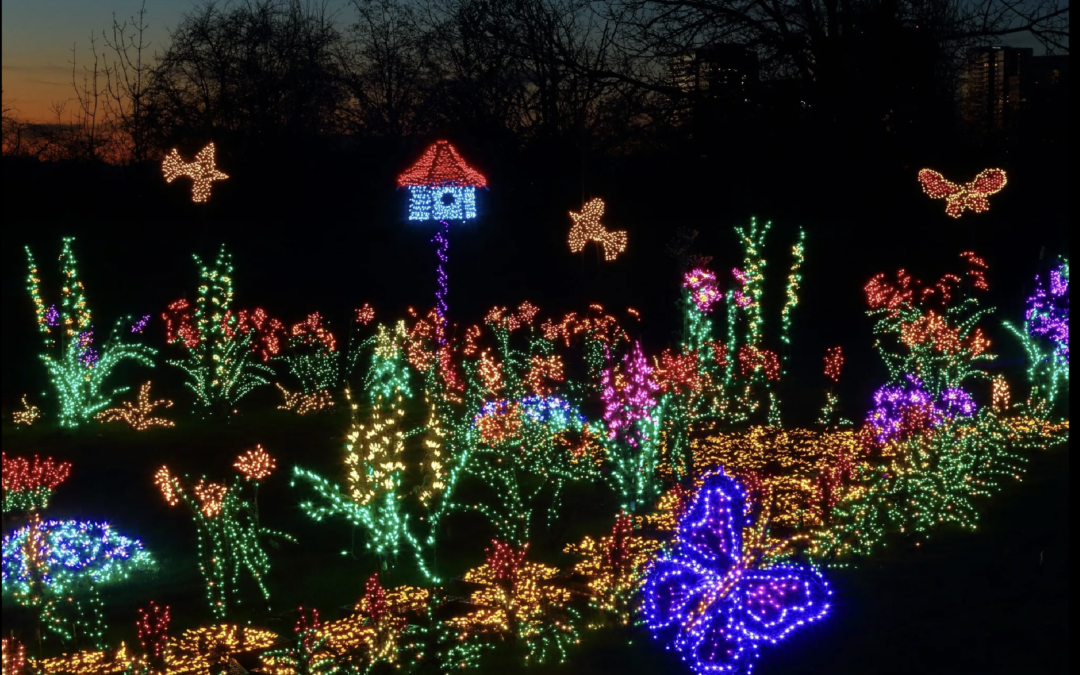
Dec 6, 2022 | Community
The days grow shorter and the nights longer in December, as we approach the winter solstice. It’s a good time to enjoy some holiday light shows and activities. Public gardens and zoos offer a number of options to help escape from the darkness....
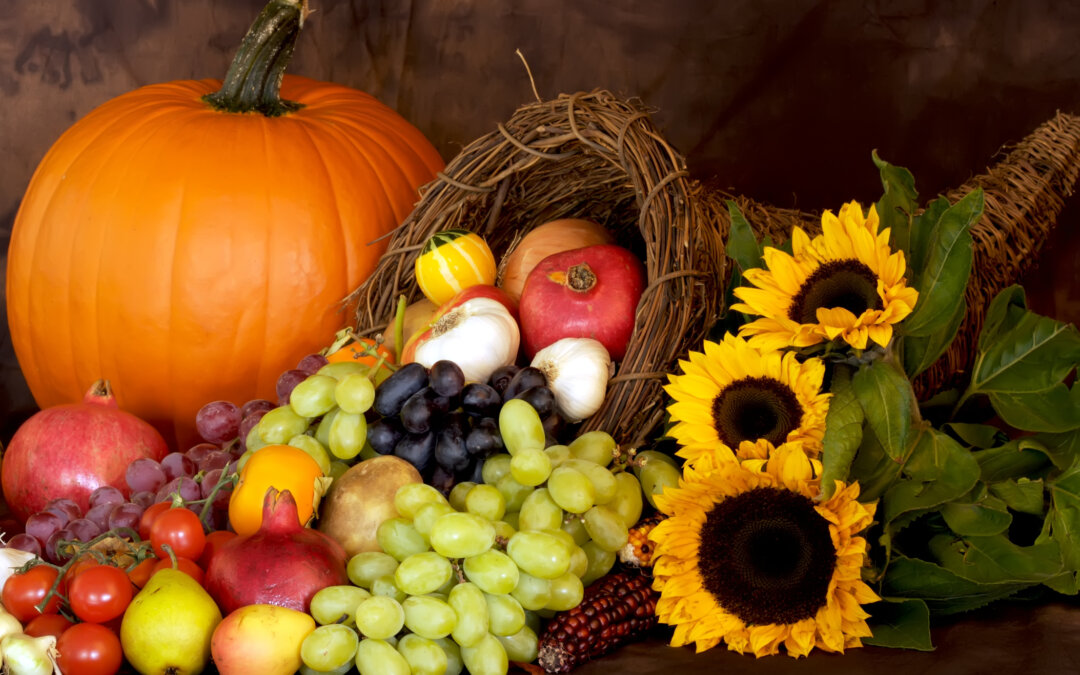
Nov 15, 2022 | Community
At Thanksgiving we like to pause and appreciate what we have. Thank you to our wonderful clients! Some of you have been with In Harmony for many years, and we are grateful for our long-term relationship. Thank you for trusting us with your landscapes, and thank you...

Oct 28, 2022 | Community
We are sorry to report that we are once again postponing our annual food drive. For 15 years we collected food from our clients on service visits and delivered it to Northwest Harvest. Over that time our generous clients have donated more than 20 tons of food! When...
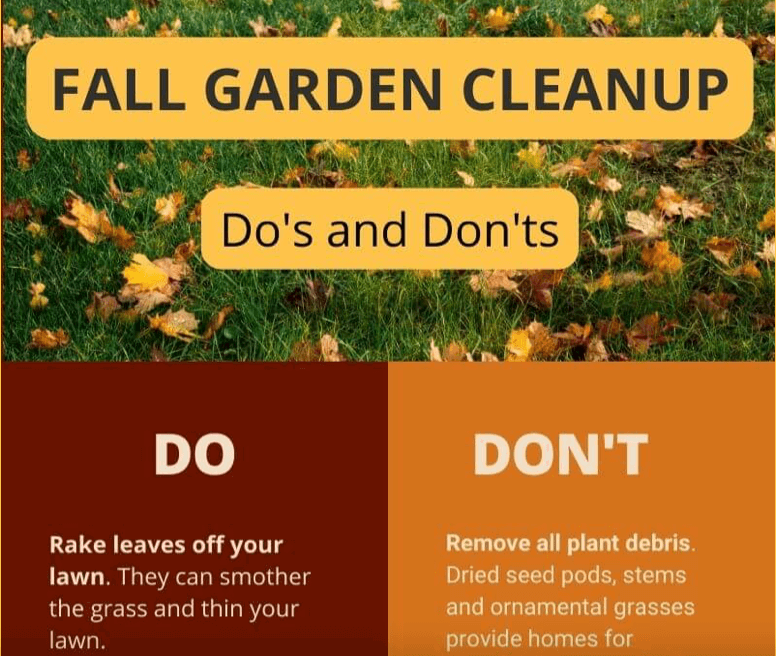
Oct 13, 2022 | Eco-friendly Gardening, Garden Care, Landscape Care, Lawn Care
It’s autumn, and leaves are falling. You will have less work in your yard and garden next year if you take time this fall to do some cleanup. But you don’t want to clean up everything. A sanitized garden won’t provide food and shelter for birds and...
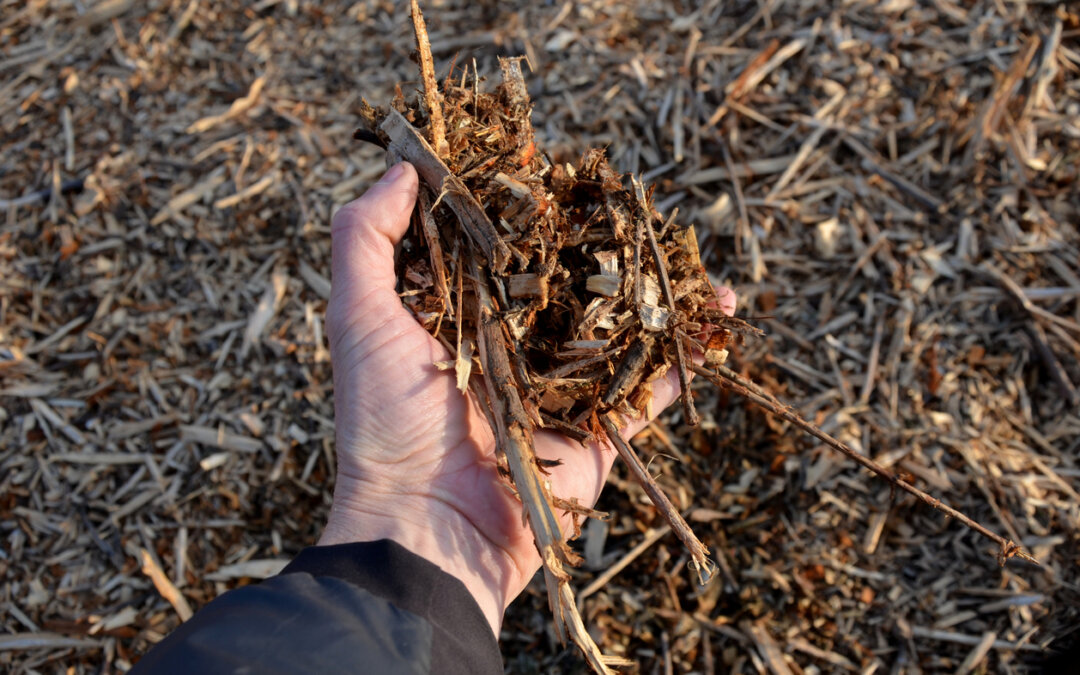
Sep 28, 2022 | Eco-friendly Gardening, Garden Care, Landscape Care
This is a great time of year to think about mulching your landscape. A recent article in the Seattle Times presents pro tips on how to mulch. Mulch your soil like nature does, says professional gardener Christina Pfeiffer. Think of your landscape like a woodland, with...
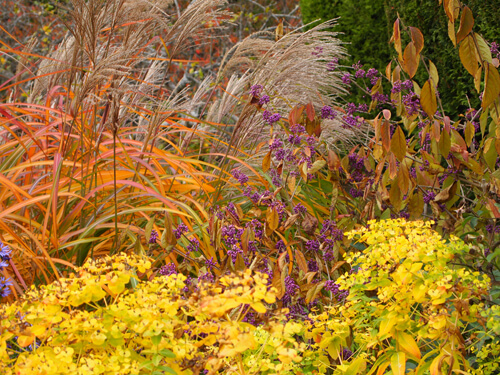
Sep 16, 2022 | Garden Care, Landscape Care, Landscape Design, Recommended Plants
Now that cooler weather has moved in, it’s a great time to think about adding new trees, shrubs and perennials to your landscape. Where do you have bare spaces? Where would you like to add more color or seasonal interest? Fall is also a good time to move plants...

Aug 30, 2022 | Disease Control, Garden Care
Have you seen powdery mildew on your plants? This is the time of year when conditions are ideal for this fungal disease. Powdery mildew is common on a wide range of plants, including annuals, perennials, food crops such as squash and pumpkins, and ornamental shrubs...
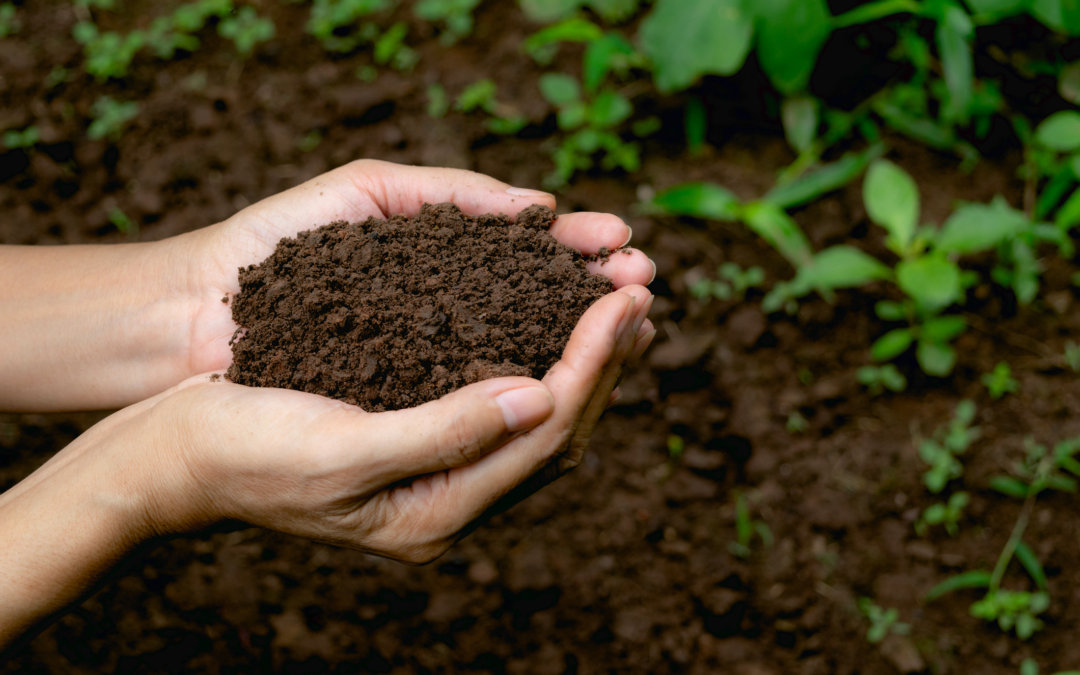
Aug 11, 2022 | Eco-friendly Gardening, Garden Care, Landscape Care
Our approach at In Harmony focuses on building healthy soil, which is vital for plant health. Healthy plants lead to a landscape that is sustainable and easier to maintain. A recent article in Fine Gardening has great tips for how to “Put the Life Back into Your...
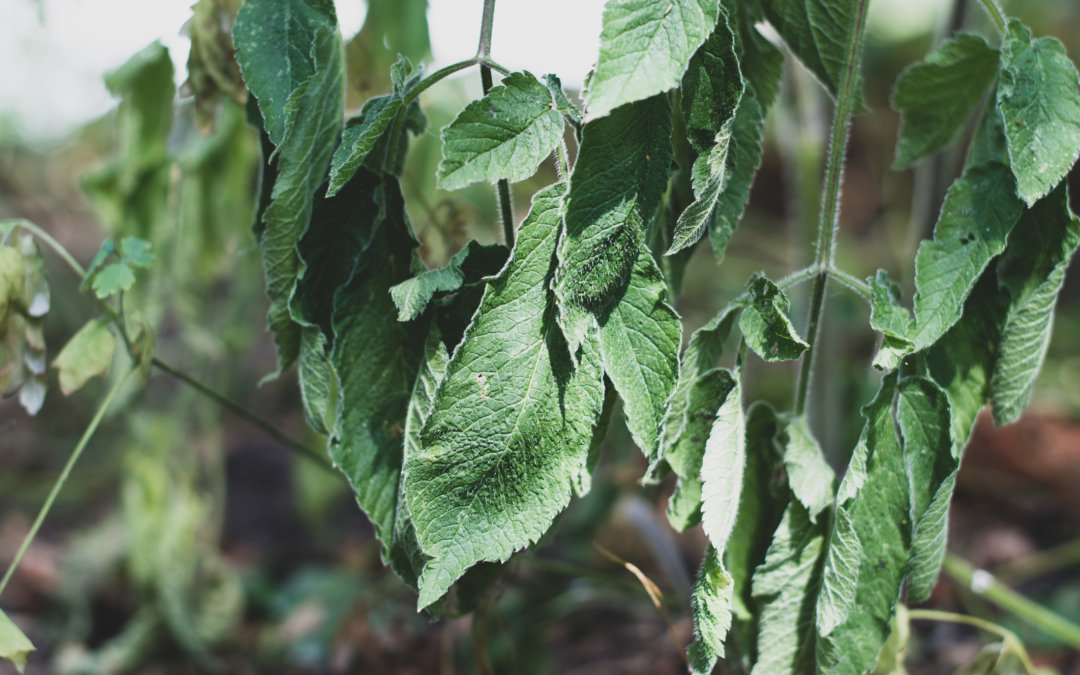
Jul 21, 2022 | Tree Care, Video, Watering
Hotter weather is on its way, with highs in the high 80s and even 90 degrees next week. Your trees will suffer in the summer heat without occasional deep watering. Don’t forget to water your trees in summer to keep them healthy. You may think that the occasional...

Jun 29, 2022 | Garden Care, Landscape Care, Lawn Care, Tree Care, Video, Watering
Would you like to do a better job watering your landscape and keep your plants healthy? Follow our eight quick watering tips. Quick watering tips: What to water 1. Most important: anything that is newly planted. Trees, shrubs and perennials need regular watering for...

Jun 21, 2022 | Eco-friendly Gardening, Garden Care, Landscape Care, Lawn Care, Nature, Recommended Plants, Wildlife
June 20-26 is National Pollinator Week. The US Senate unanimously approved designating National Pollinator Week 14 years ago. Pollinator Week has grown into an international celebration. It promotes the valuable ecosystem services provided by bees, birds, butterflies,...
















